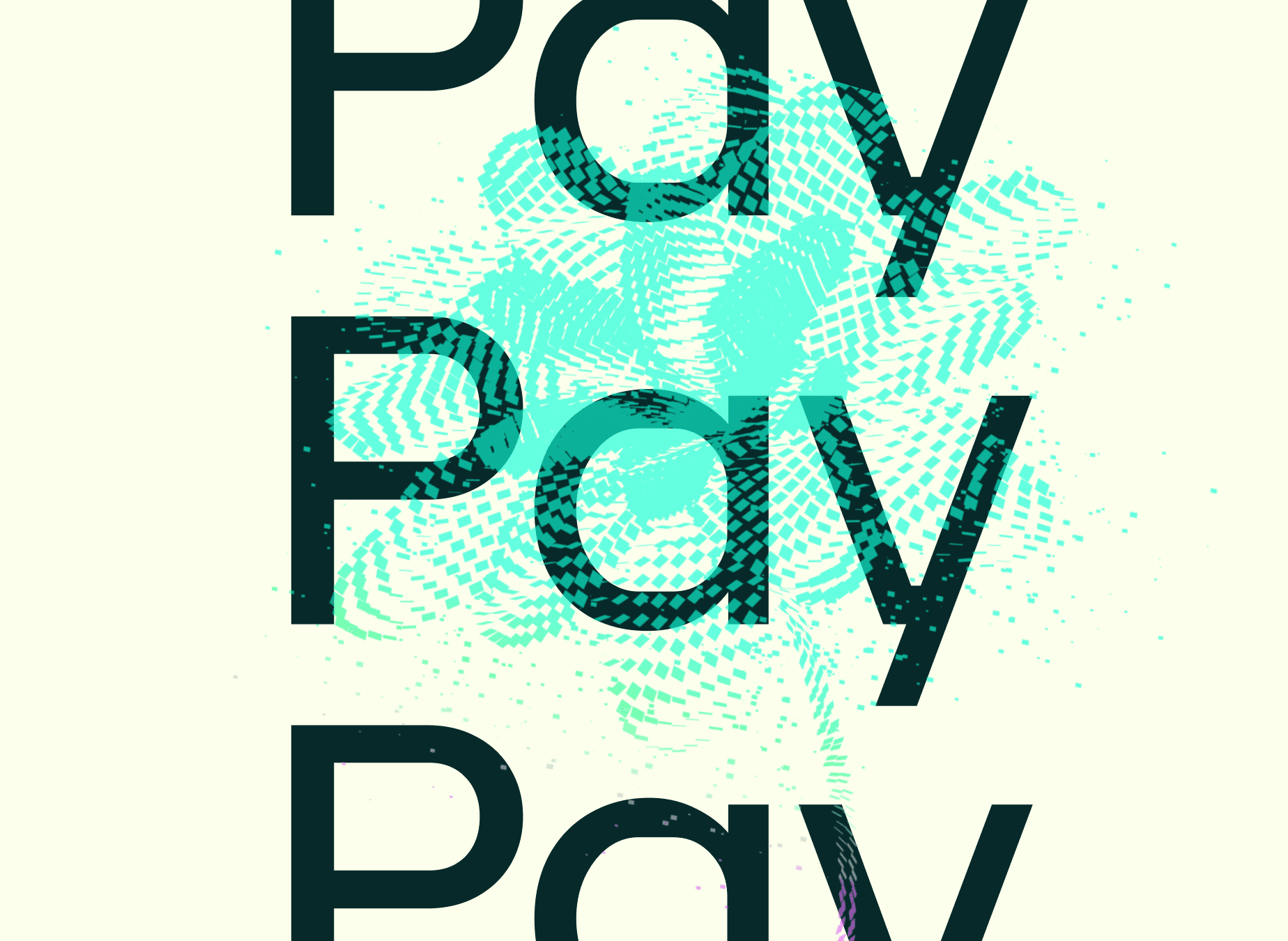Supplier Payment Terms: How They Work and How to Optimise Them
Supplier payment terms can be a major headache for businesses, especially when cash flow is tight and you're chasing down clients just to pay your suppliers. Legal or contractual obligations, reasons that sometimes prevent you from meeting them, and the consequences for the company - we'll tell you about all this and more.

Supplier payment terms can be a major headache for businesses, especially when cash flow is tight and you're chasing down clients just to pay your suppliers—it's a never-ending cycle.
If you're a CEO, your top priority should be growing your business.
As a CFO, your mission is to ensure the company's financial health to support that growth.
So, how can you effectively manage supplier payment terms to reach your goals and focus on tasks that make the most impact? We're here to provide you with a comprehensive overview of this topic. We'll cover legal or contractual obligations, the reasons that sometimes make it difficult to meet these terms, and the consequences for your company. We'll also share tools and strategies to help you maintain strong supplier relationships, even when you're short on cash to settle payments.
1 – European Standards for Payment Terms Between Businesses
The European Union Directive 2011/7/EU lays down the rules for standard B2B payment terms for settling invoices and offers room for negotiation within legal limits.
1.1 – Standard Payment Terms for Suppliers in the EU and in the UK
In the European Union, suppliers typically have 30 days from the receipt of goods or services to get paid. Thanks to the European Union Directive 2011/7/EU, there's a maximum payment term of 60 days for B2B transactions, keeping things fair and square.
The Payment Terms Act 2017 serves as the UK's equivalent to the European Late Payment Directive. This legislation also establishes a 30-day payment term for invoices, accompanied by the possibility of incurring statutory interest in case of non-compliance. While there is some room for negotiation between businesses, any agreement that exceeds a 60-day payment term must be justified with valid reasons.
1.2 – Negotiated and Derogation Payment Terms for Suppliers
Businesses have the freedom to negotiate a more extended payment period, stretching up to 60 days from the invoice date or 45 days from month-end. But remember, crossing the 60-day line lands you in the late payment zone, where interest and penalties await.
1.3 – Standard Payment Terms for Suppliers in the UK
The UK has its own rhythm, with a standard 30-day payment term for B2B transactions. However, businesses can extend it to 60 days from the invoice date. Yet, even with the extension, the Late Payment of Commercial Debts (Interest) Act 1998 ensures interest can be charged on tardy payments.
2 – Payment Terms for Suppliers: Difficulties in Compliance
The legal framework sets maximum payment terms for businesses. However, in practice, delays do occur—94% of medium-sized enterprises in the UK are owed money according to Barclays. There are several reasons for these late payments.
2.1 – The Status of Late Payments in Europe and the UK
The average payment term for suppliers in Europe and the UK is currently around 45 days. However, there is a wide variation between countries, with some countries having much longer payment terms. For example, the average payment term in Italy is over 60 days.
2.2 – Compliance With Payment Terms Requires Cash Flow
Even though the legal framework sets maximum payment terms, businesses in Europe and the UK need to have cash to pay their suppliers, and that's not always readily available. As a CFO, you're often tasked with navigating complex decisions: do you prioritise settling employee and social debts, or do you pay the purchase invoices first?
2.3 – Delaying Payments: A Way to Reduce Working Capital (WC)
Using supplier credit by delaying certain payments can seem like a straightforward solution when cash flow is tight. Managing this on a case-by-case basis leads to a decrease in the need for working capital (WC) by extending the average supplier payment period. However, it's crucial to carefully consider the implications for your business operations, ongoing activities, and supplier relationships.
2.4 – A Less Than Smooth and Lengthy Procure-To-Pay Process
In other instances, delayed supplier payments aren't due to a lack of cash. The administrative process, from order placement to invoice approval, including verification and accounting, can be intricate, sluggish, or overly time-consuming. Payment issuance happens belatedly, disregarding the due date specified on the invoice.
3 – Consequences of Missing Supplier Deadlines
When businesses drop the ball on paying their suppliers promptly, the repercussions can be harsh, going beyond just monetary penalties. Let's break down the financial fallout of late supplier payments.
3.1 – Financial Penalties for Late Supplier Payments
Keep an eye out for your local authorities that act as watchdogs when it comes to payment deadlines—they don't mess around. Here are the penalties provided by EU law:
- A fixed late payment compensation is €40 per invoice.
- An administrative fine specified in Directive 2011/7/EU on late payments in commercial transactions can reach €2 million for a company. Note that it can double in case of recidivism within 2 years.
- Late payment penalties at least three times the legal interest rate.
3.2 – Difficulty in Securing Your Supplies
Not meeting your supplier deadlines complicates and weakens the relationship you have with them, regardless of your industry. Even with forewarnings or extended negotiations, your company's image takes a hit. Suppliers might question your financial stability, and they, too, could face treasury troubles due to late payments. If they halt product or service deliveries, your ability to satisfy your customers hangs in the balance.
3.3 – Difficult Supplier Retention: A Barrier for Growth
When suppliers are unhappy, it's a ticking time bomb for your business relationship. Yet, numerous operations on the sales front simply can't progress without maintaining strong supplier relationships. This is the case for marketplaces, for example, where sellers are the lifeblood. The same goes for tech companies or transactional SaaS platforms that rely on suppliers like freelancers and SMEs. Without a solid supplier base, growth is just wishful thinking.
4 – How to Pay Suppliers on Time Without Cash Flow?
So, the big question is: How do you master the art of supplier payment management and meet every deadline? Well, the answer is tailored to your business model and industry.
4.1 – Improve Your Cash Flow by Reducing Your Current Assets
The first battleground is internal—optimising your cash flow by trimming down working capital components. On the current asset side, these are customer receivables and inventory.
4.1.1 – Reduce Your Inventory
Think of your merchandise inventory as cash on hiatus. Sometimes, you'll stumble upon items that haven't seen daylight in months. This is where a well-timed flash sale or clever promotions come into play. Analysing overstock can also reveal supply inefficiencies that you can address.
4.1.2 – Better Manage Customer Receivables
The other half of the equation is the backlog of customer invoices. Streamlining your collection process means faster payments or, at the very least, fewer delays. Initiatives like invoice advances and early payment discounts can work wonders here.
4.1.3 – Signing a Factoring Contract for Your Customer Invoices
Factoring involves selling your receivables for both existing and future invoices to a factor. While it can be a lifeline for working capital, it's not without its drawbacks. Factoring lacks the flexibility of addressing your cash flow needs on a case-by-case basis, as the factor advances money upon receivable assignment but often with a retention fee.
4.2 – Digital Companies: Embedded Finance in Your Applications
Exciting new alternative financing options for tech companies have emerged in the UK and Europe in recent years.
4.2.1 – Definition of Embedded Invoice Financing
Picture this: a dynamic form of embedded finance that empowers companies (whether they're marketplaces, SaaS providers, tech companies, or ERPs) to offer instant invoice financing directly within their software or platform. Embedded invoice financing is a game-changer, distinct from the usual lines of credit. Suppliers seeking swift payment for their invoices can now get it with just a single click. No need to navigate the labyrinth of traditional financing channels. It's financing that's seamlessly integrated right where you need it.
4.2.2 – The Aria Solution for Tech Companies, Marketplaces, and Vertical SaaS
At Aria, we believe that faster payments lead to faster growth. That's why they offer instant invoice financing via API. With this solution, you can meet your supplier payment terms even if your customers are slow to pay.
Here's how the formula works: when your contractors, whether they're freelancers or SMEs, issue an invoice, they receive immediate payment. You repay Aria once your own customers settle their dues. Your customers get to stick to their usual payment schedules.
Dive deeper into how Aria can transform your business:
- B2B marketplaces: Practical strategies to ensure timely supplier payments.
- SaaS: Elevating user retention with the magic of instant payments.
Control and Capitalise on Supplier Payment Terms
No more procrastinating! Now is the time to start paying your supplier invoices promptly. The perks? A boost in business volume (GMV), reduced acquisition costs, unwavering supplier loyalty, and improved tool adoption rates.



